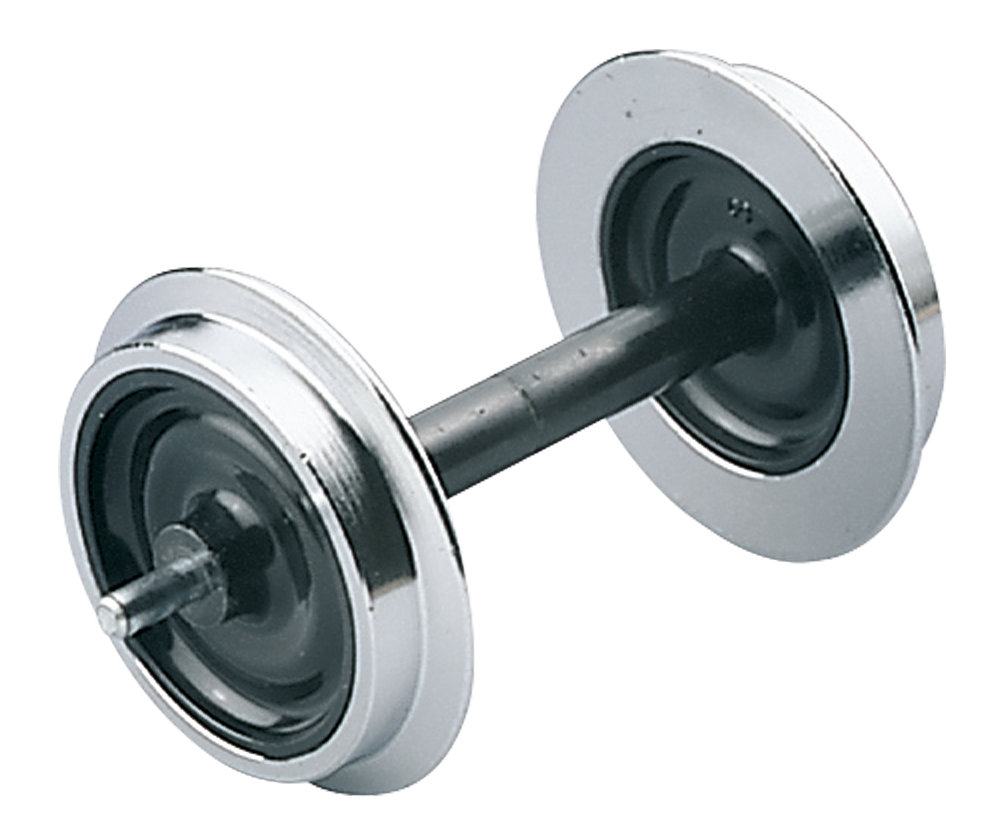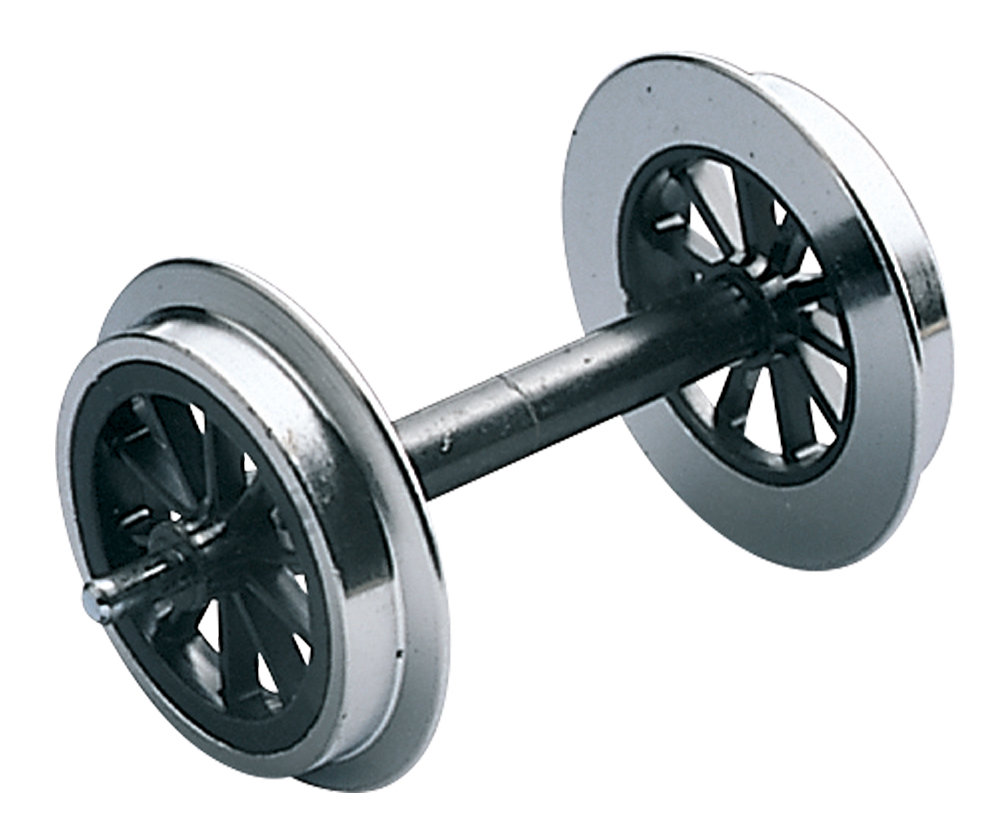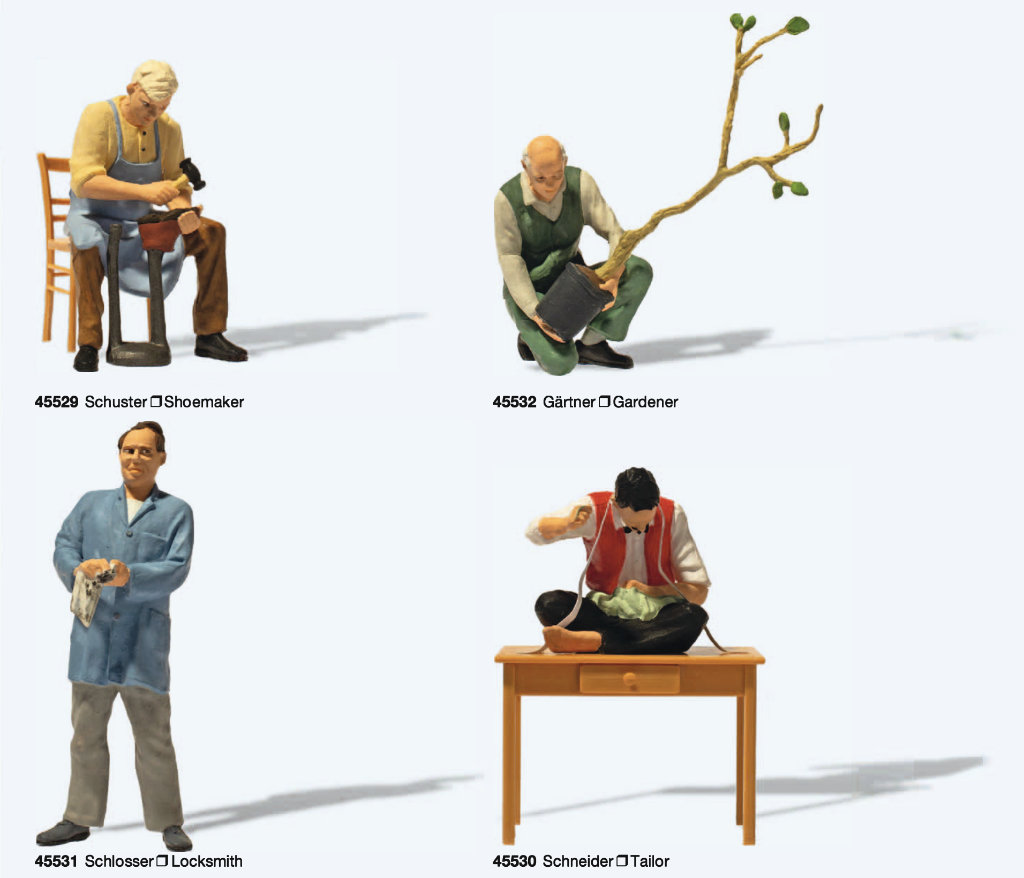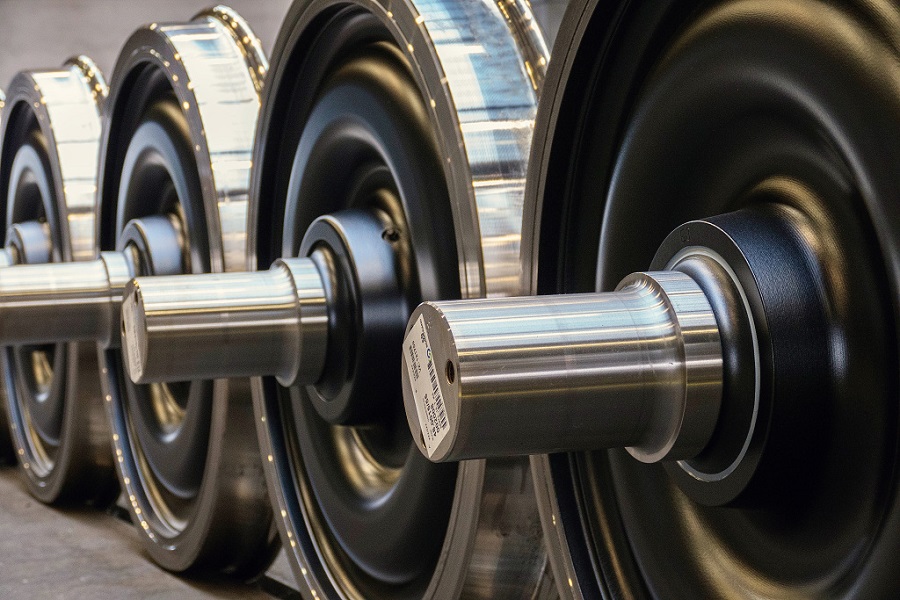Customers are receiving the first RhB Ge 4/6 locomotives from Train Line 45. Meanwhile, Train Line has also published photos of the Swiss narrow gauge engine on their website.
The Ge 4/6 comes in a brown RhB paint schema with road number 353, and is available in two versions:
- Train Line 45 2050000 Ge 4/6 #353 Analog/DCC
- Train Line 45 2050012 Ge 4/6 #353 DCC Zimo with Sound
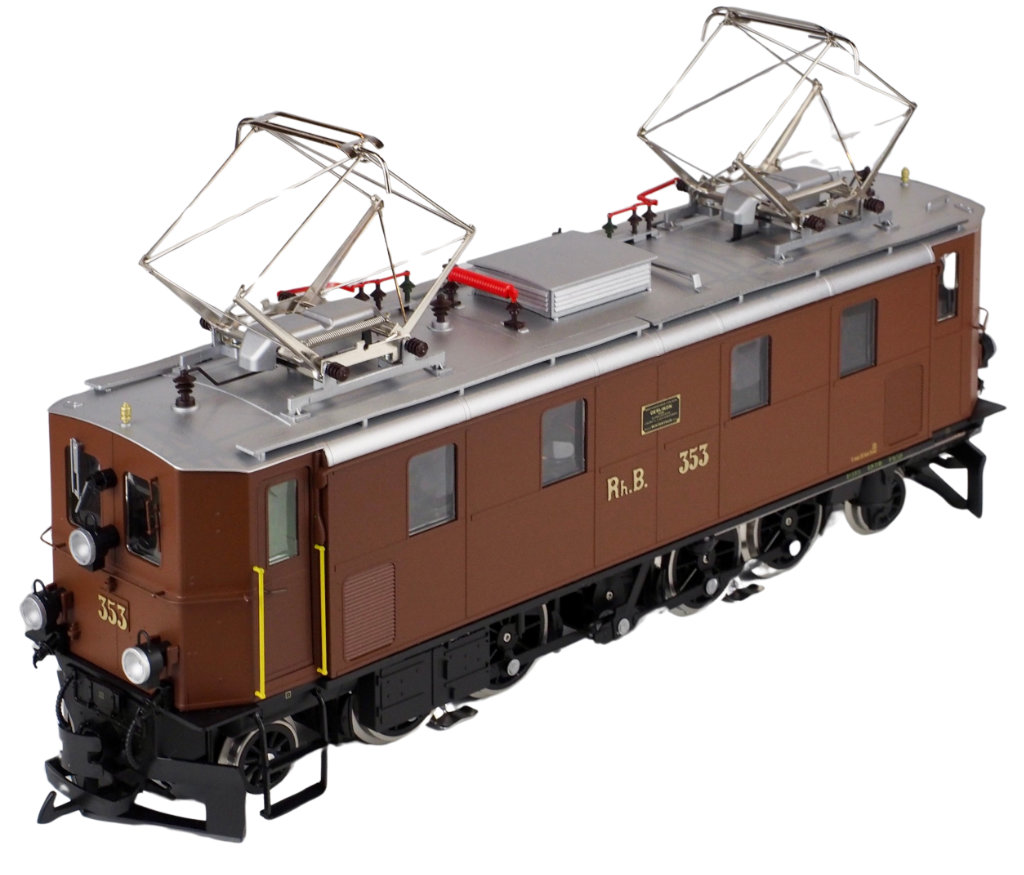
Image Soure: Train Line 45
All four driving wheels are powered via the stainless steel wheel sets as well as four power pick-up shoes. Some features: opening cab doors, prototypically painted cab, cab lighting, electrically operating pantographs, prototypical 3+1 LED lighting.
The analog version can also operate on DCC and already has a power buffer installed. In case a customer decides they want sound anyway, this can be unlocked via a separate purchase. This way, ultimately there is no difference between the two versions.
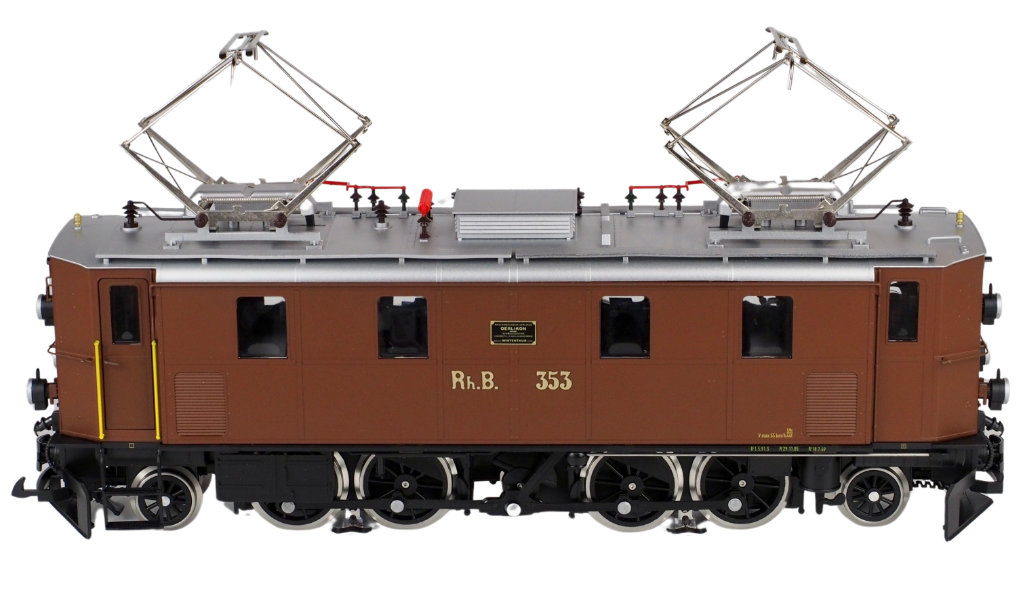
Image Soure: Train Line 45
Link: Train Line 45

